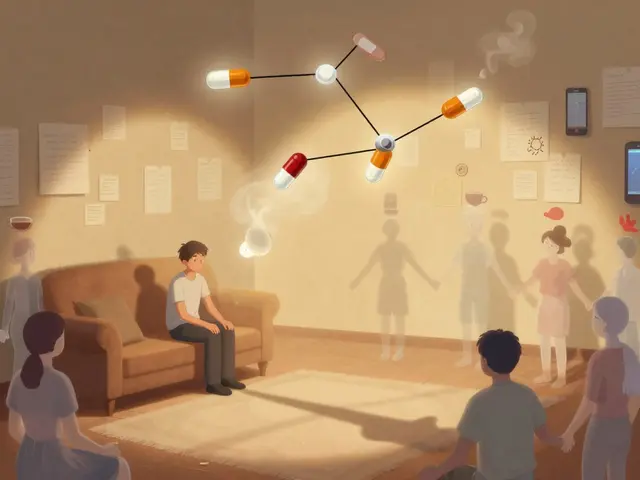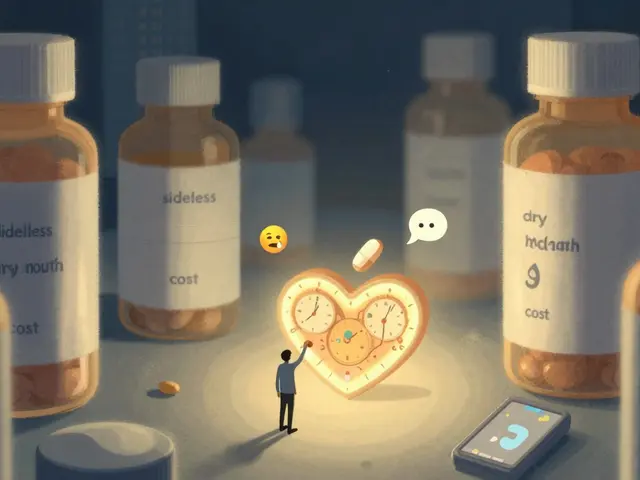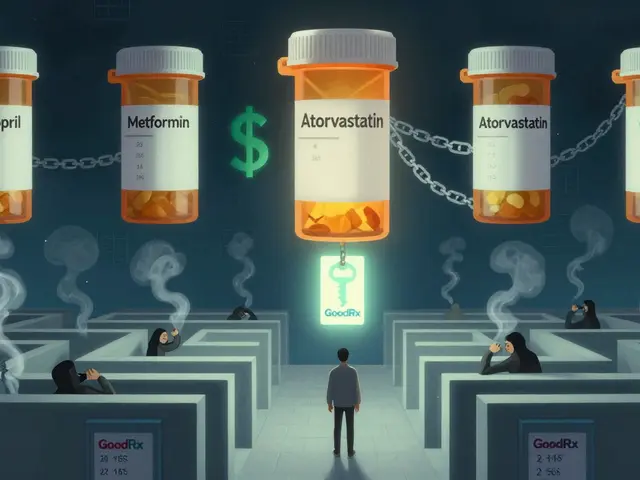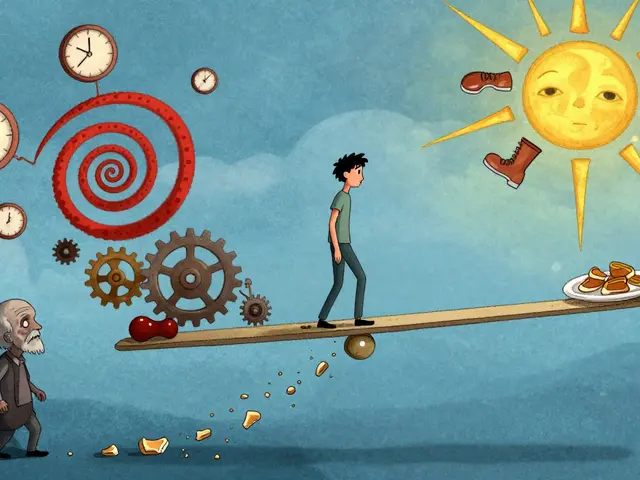HIV: What to Know About Testing, Prevention, and Treatment
HIV is different now than it was decades ago. With modern antiretroviral therapy (ART), people with HIV can stay healthy and prevent transmission. This page gives straight, useful facts you can use right away—how to test, how to prevent infection, what treatment looks like, and how to handle drugs safely.
Testing and prevention that actually work
Get tested regularly if you have risk factors: new partner, multiple partners, condomless sex, or shared needles. Rapid tests give results in minutes; lab tests measure viral load and CD4 counts and confirm diagnosis. Know the window period—antibody tests may miss very recent infections, so follow up testing after exposure is important.
Pre-exposure prophylaxis (PrEP) is highly effective when taken as prescribed. A common PrEP combo is tenofovir plus emtricitabine. Post-exposure prophylaxis (PEP) can prevent infection if started within 72 hours of exposure and taken for 28 days—seek urgent care right away if you think you were exposed.
Condoms reduce risk, and clean-needle programs lower transmission among people who inject drugs. Regular STI screening matters because other infections raise HIV transmission risk.
Treatment, meds, and everyday tips
ART usually combines two or more drugs from different classes to suppress the virus. Today’s regimens often use drugs like tenofovir, emtricitabine, and an integrase inhibitor such as dolutegravir. The goal is an undetectable viral load—below the limit of the test—which protects your health and prevents sexual transmission (U=U: undetectable equals untransmittable).
Stick to your meds. Missing doses can lead to resistance, which limits future treatment options. If you struggle with side effects, talk to your provider—there are alternative drugs and ways to manage symptoms.
Monitor your viral load and CD4 count as your clinician recommends. Labs show how well treatment works and when to adjust care. Vaccinations, routine cancer screenings, and attention to mental health are part of good long-term care.
Watch for drug interactions. Many HIV drugs interact with common meds, supplements, or recreational drugs. Always tell every provider and your pharmacist that you take ART.
Buying meds online? Use licensed pharmacies that require a prescription, check for verified seals, read reviews, and avoid deals that look too good to be true. Counterfeit or substandard drugs can be dangerous and ineffective.
Dealing with coinfections like hepatitis C or TB changes treatment plans, so bring all your medical history to every appointment. Support groups, counseling, and case management can help with insurance, housing, and daily routines that make adherence easier.
If you want more on specific drugs, drug interactions, or coinfections, follow the linked articles below. Accurate info and steady care make a big difference—get tested, ask questions, and find a clinic you trust.
Lamivudine-Zidovudine and Mental Health: Managing the Emotional Impact of HIV
As someone living with HIV, managing my mental health is a crucial aspect of my holistic well-being. Lamivudine-Zidovudine is an important treatment that helps keep the virus at bay, but it's essential to also address the emotional impact of the diagnosis. I've learned that seeking support from therapists, support groups, and loved ones is vital for coping with the challenges and maintaining a positive outlook. Additionally, practicing self-care and stress management techniques has helped me improve my overall mental health. By prioritizing both my physical and emotional well-being, I am better equipped to navigate life with HIV.






